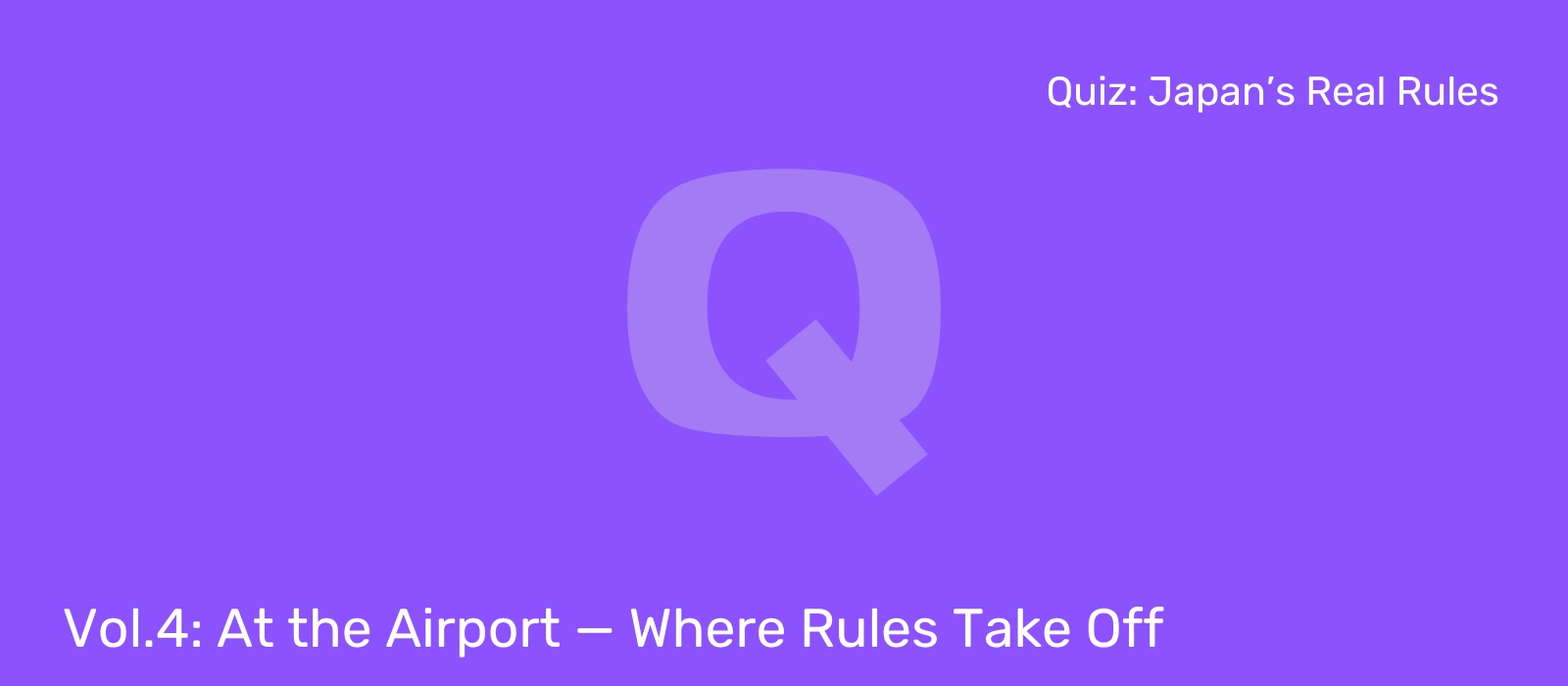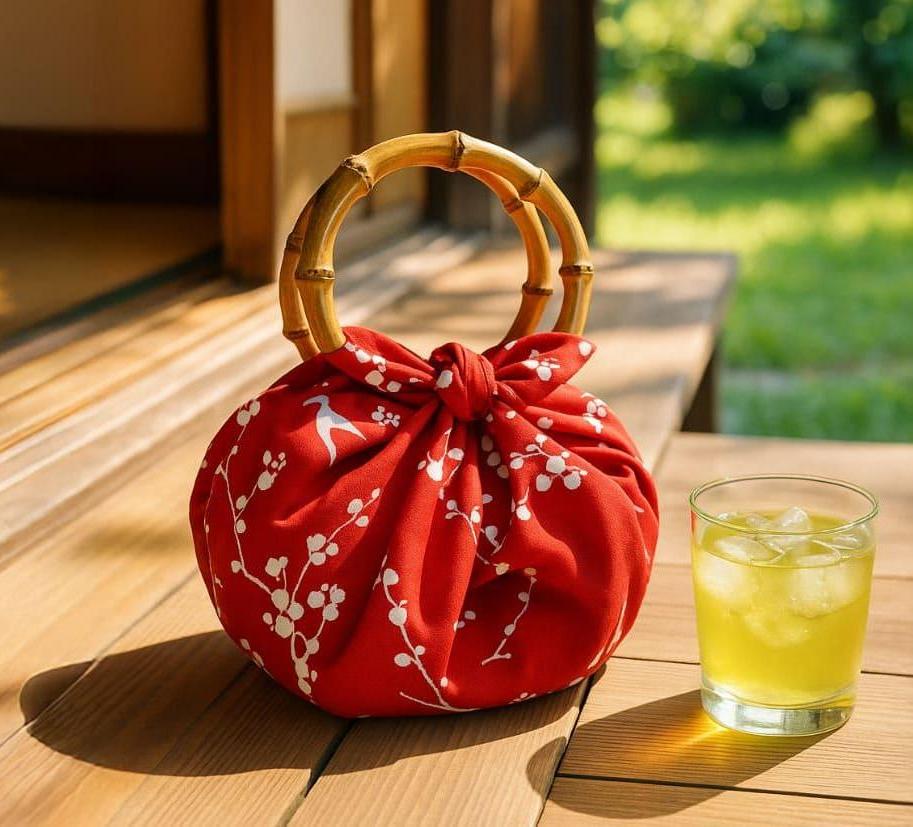Airports are supposed to feel the same everywhere—
a mix of blaring announcements, duty-free perfume, and travelers sprinting toward Gate 23.
But in Japan, things are a little different.
The noise fades. The staff bow deeply.
And yet, that’s not what truly sets it apart.
To make sure your last memory of Japan isn’t an awkward moment at security,
let’s go over a few hidden regulations and bits of etiquette that keep these airports running so smoothly.
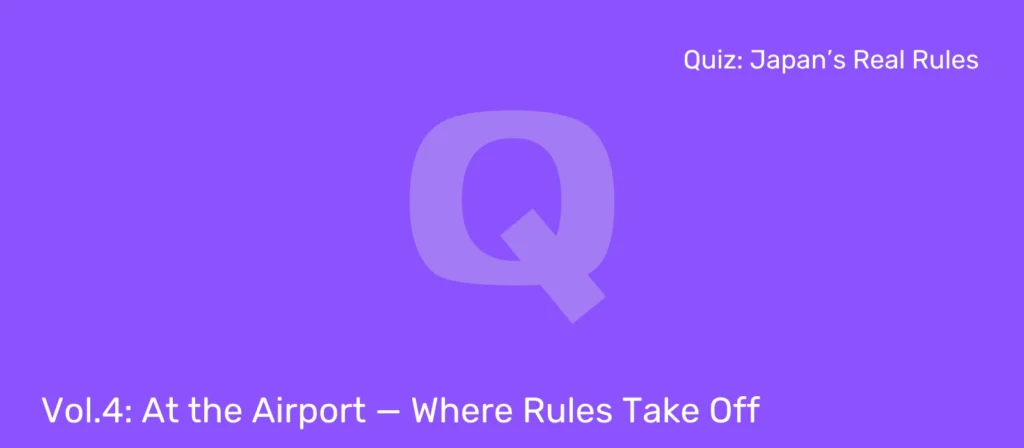
1. Can You Pass These 5 Airport Rules?
Q1. But I Didn’t Do Anything…
You’ve just landed in Japan when a polite customs officer gestures toward a side door:
“Excuse me, this way please.”
Moments later, you’re in a small back room, unzipping every corner of your luggage while other travelers walk by freely.
So why you?
(Difficulty: ★★☆☆☆)
- You were flagged as a potential threat in advance
- You accidentally did something suspicious
- There’s no particular reason
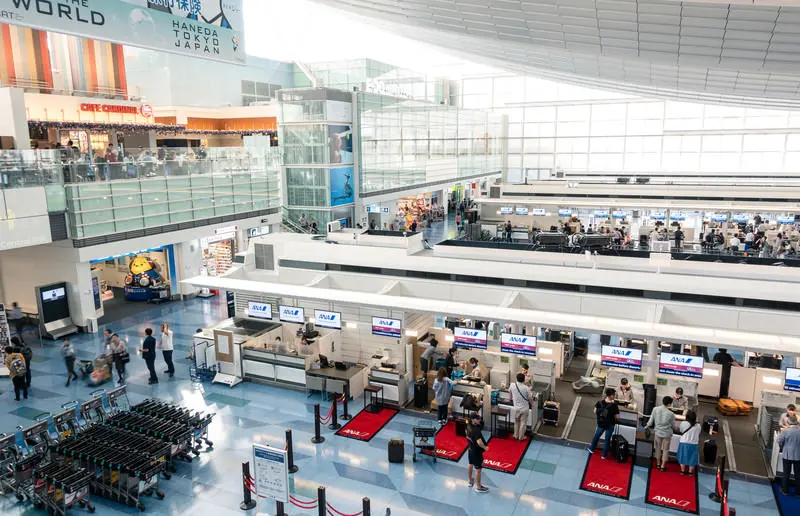
Answer (Tap or click)
3. There’s no particular reason
Explanation:
Japan’s customs “secondary inspection” is said to be completely random.
You could say you just used up your luck in the worst possible place — but there’s nothing to do except accept it.
Of course, if you had acted suspicious or carried something unusual, the odds would rise…
but surely that’s not you.
Right?
Q2. How much liquid can you actually bring?
At airport security, which of the following rules correctly describes how much liquid you can carry onto a plane?
(Difficulty: ★☆☆☆☆)
- Containers of 100 ml or less, inside a single 1 L clear plastic bag
- Containers of 500 ml or less, inside a 10 L bag
- No restrictions

Answer (Tap or click)
1. Containers of 100 ml or less, inside a single 1 L clear plastic bag
Explanation:
While many countries are starting to relax the “100 ml rule” thanks to new 3-D scanning technology, Japan isn’t one of them yet.
Despite its high-tech reputation, Japan still follows the classic international standard —
with one small exception: bottled drinks can be screened by a special liquid scanner at security.
So if you’re flying out of a Japanese airport, prepare your travel-size bottles ahead of time — they’ll save you some hassle at security.
Q3. Going Too Far?
At airport security in Japan, which of the following is not usually required?
(Difficulty: ★★☆☆☆)
- Taking off your coat
- Removing your belt
- Taking off your shoes
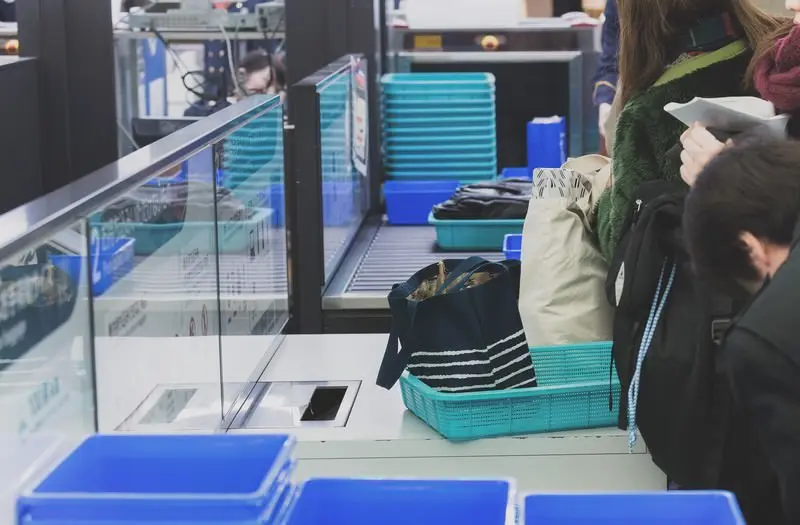
Answer (Tap or click)
3. Taking off your shoes
Explanation:
Unlike many Western airports, Japanese security checkpoints usually don’t ask passengers to remove their shoes —
unless you’re wearing tall boots or something metal-heavy.
No one will laugh if you take them off anyway, but it’s not expected, and honestly, it just slows you down.
Interestingly, Japan is known as a “shoes-off” culture indoors —
yet at airport security, the rule flips completely.
Even in a country famous for taking off shoes, this is one place you can safely keep them on.
Q4. Still Time?
You’re waiting in the departure lounge, jet-lagged and half-asleep.
When you wake up, it’s 15 minutes before departure.
The gate is two minutes away if you sprint. Can you make it?
(Difficulty: ★★★☆☆)
- Yes, barely
- Too late
- Depends on the kindness of staff
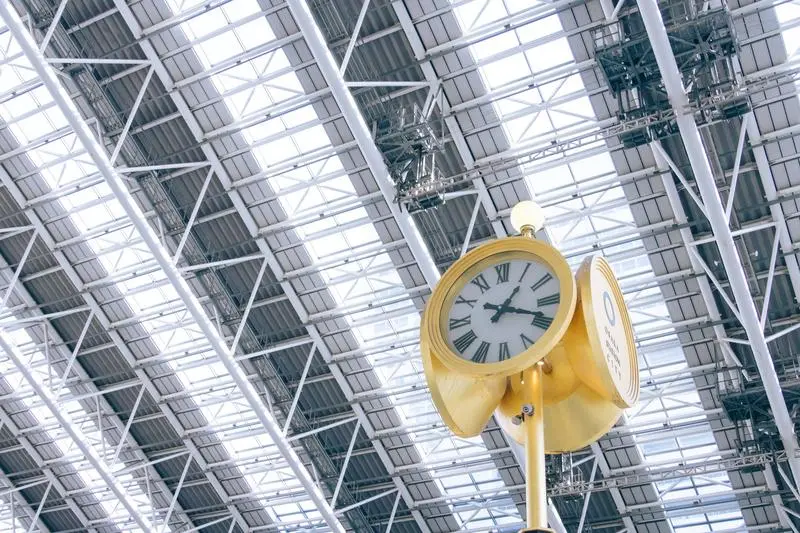
Answer (Tap or click)
2. Too late
Explanation:
In Japan, “on time” really means on time.
Once the gate closes, it’s over — no pleading, no exceptions, no “but I can see the plane!”
Even the most polite staff won’t reopen the door.
For international flights, gates usually close 30 to 40 minutes before departure,
so check your airline’s rules carefully — the plane won’t wait, no matter how fast you run.
Q5. Wait—That’s Not Allowed?
You’ve just picked up some goodies at the duty-free shop after arriving in Japan.
Which of the following could technically get you in trouble under Japan’s tax-free rules?
(Difficulty: ★★★★☆)
- Promising to give the bottle of sake you bought to a friend back home as a gift
- Eating the wagashi (Japanese sweets) you bought at your hotel, while taking a few photos for memories
- Posting your new designer bag on Instagram during the trip

Answer (Tap or click)
2. Eating the wagashi (Japanese sweets) you bought at your hotel, while taking a few photos for memories
Explanation:
Under Japan’s tax-free regulations, consumable items must remain unopened until you leave the country,
and all tax-free goods must be taken out of Japan by the purchaser.
If you open or consume them before departure, the purchase technically loses its tax-exempt status,
and you could, in theory, be charged the tax amount later.
That said, there are no known cases of tourists actually being fined for this.
No one’s going to kick down your hotel door like the Men in Black and say,
“Sir, you ate that cookie. That’ll be 500 yen in back taxes.”
It’s simply one of those rules that quietly exist — firmly, and very Japanese.
Note: Option 1 assumes you’re giving the sake to a friend back home (i.e., outside Japan), which is fine.
Giving it to a friend in Japan, however, would count as domestic consumption and could technically be subject to tax.
2. What We Found
Did any of these rules surprise you?
Some of Japan’s strictness may seem to clash with its reputation for kindness and hospitality.
But personally, I believe that kindness is possible precisely because there’s a foundation of rule-following.
What do you think?

